Asafov Alexey Nikolaevich. The creator of the submarines "Baby" and "Truth"
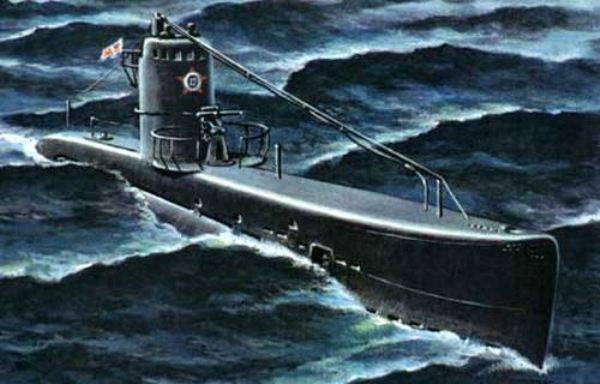
This year marks the 130 anniversary of the birth of the designer of the first Soviet submarines, Alexei Nikolaevich Asafov. His name has been forgotten for many years, and therefore it is almost unknown even to many submariners. Meanwhile, he left a significant mark in our military shipbuilding. Asafov, according to contemporaries, including the famous shipbuilder Professor S.A. Bazilevsky was a self-taught inventor. A.N. Asafov did not have a special education in the design of underwater vessels, but this did not prevent him from creating the famous M-type submarines, which faithfully served in the difficult years of the Great Patriotic War.
Born A.N. Asafov 18 March 1886, in Kronstadt, in the family of a qualified shipbuilding worker. Alexey began his career as a student at one of the ship repair enterprises, dreaming of becoming a marine engineer. To this end, he entered the St. Petersburg Polytechnic Institute, which he graduated from at 1911.
After receiving an engineering degree, Asafov began working at the Admiralty Plant, participating in the construction of the battleship Gangut. Here the young engineer met the designer of this ship, the outstanding Russian shipbuilder IG Bubnov, with whom he later repeatedly met, having learned a lot from him. The following year he moved to the Baltic Shipyard, first as a work producer, and later as a head of a submarine bureau. So began his journey in submarine shipbuilding.
At that time, the serial construction of the Bars-type submarines (also designed by Bubnov) was carried out at the Noblessner shipyard in Revel (Tallinn), where Asafov once again moved and where he worked on the construction of submarines for five years since 1913. In the 1918 year, after the well-known Ice Campaign of the Baltic Fleet ships from Revel, Helsingfors and other locations in Kronstadt, Alexey Nikolaevich returned to Petrograd, where he headed the repair of submarines at the Admiralty and Baltic factories. In the conditions of an acute shortage of spare parts, tools, electricity and labor, Asafov was able to organize the repair of a number of submarines ("Killer Whale", "Mackrel", "Minoga", "Perch" and "Panther"), for which Petrosoviet awarded him with personalized watches. However, soon a long break began in Asafov’s shipbuilding activity.
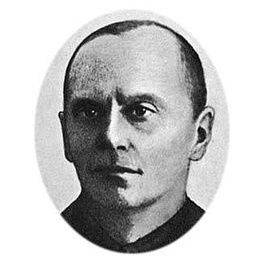
In 1924, Alexei Nikolayevich was appointed head of the Sevzapvoenprom, and a couple of years later - chief engineer of the oldest in Russia Sestroretsk arms factory. Two years later, Asafov was accused of involvement in the case of the "Industrial Party" and convicted. Despite the fact that in recent years he dealt with "land" problems, he retained a reputation as a mature and competent military shipbuilder, trained by Bubnov himself. Probably, this circumstance was the reason for the determination of Asafov, among other repressed shipbuilders, as a team of the Special Technical Bureau, which was subordinate to the OGPU and worked in promising areas of military subjects. Here Asafov soon put forward the tempting idea of creating a squadron submarine to conduct combat operations as part of the surface forces fleet, a preliminary design of which, independently developed by 1930.
There is an opinion that Asafov used the project of the 950-ton submarine, which was not completed in due time by Bubnov, as a prototype. It is likely that it was so, but at the same time, Asafov’s project was distinguished by a number of its own original technical solutions. True, not all the technical innovations incorporated into the project were successful and fully thought out. Nevertheless, the draft design of the ship received a positive assessment of the Chief of the Naval Forces of the Red Army, RA. Muklevich and on his instructions was submitted to the Revolutionary Military Council of the USSR. There already, 23 November 1930, a special decree "On the draft submarine, developed under the supervision of the OGPU", the project was approved without serious comments, and "Soyuzverfi", instructed "urgently with the assistance of the OGPU to expand work on the preparation of a common project , preparation of stocks and laying of three submarines of this project at the Baltic Shipbuilding Plant. " It is curious that the meeting of the PBC was admitted and even made a report, still convicted, Asafov.
In Techbureau No. 4, which was entrusted with the development of a common (technical) project for a new boat, its design and a number of tactical-technical elements were subjected to thorough criticism. But with the help of Muklevich, Aleksey Nikolayevich managed to convince the responsible employees of the Council of People's Commissars of quality and prospects of his project. As a result, the 21 of May 1931 at the Baltic Shipyard laid the lead submarine of the IV series, named after the central party newspaper Pravda (P-1). At the end of the same year, two more similar types of submarines were laid - “Star” (P-2) and “Spark” (P-3).
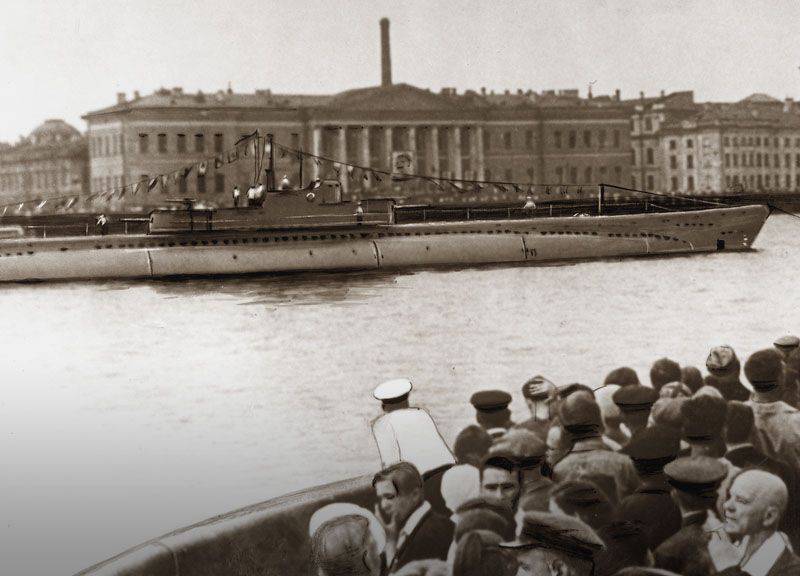
Given that the individual solutions proposed by Asafov, needed to be clarified and experimental verification, the construction of boats of the IV series progressed slowly. And although during the construction it was possible to significantly improve the tactical and technical elements of these submarines, but they could not fully reach their design values. And not only Asafov’s design mistakes prevented this, but also serious inaccuracies in some calculations made in the bureau.
"Due to the impossibility of building the Pravda submarine in exact accordance with the tactical and technical elements established by the RVS from 23.11.30, thanks to a number of errors made by TsKBS-2 in calculating the strength of the submarine hull and its load ..." new, corrected tactical and technical elements (TTE) of the Pravda submarine: displacement 10 t, full surface speed 1933 knots, underwater - 942 knots, dive depth 21 m, cruising range under diesel engines economic speed 9,2 knots - 50 miles, total in arms - two 11-mm and one 6800-mm guns, 100 torpedo tubes with a stock of 45 torpedoes. Compared with the initially adopted, the newly approved TTE of the Pravda submarine was a step backwards, especially at speed, but they were more realistic and suited shipbuilders, which could not be said about submariners.
In the summer of 1936, after testing, all three submarines went into operation and became part of the Baltic Fleet. As was to be expected, they turned out to be unsuitable for operations in the composition of detachments of surface warships, and primarily because of insufficient speed, although they formally continued to be listed as squadrons. In addition, they were inferior to foreign submarines of their subclass in a number of important tactical indicators. However, Muklevich, appointed in 1934, as the head of the Main Industry Directorate of the People's Commissariat of Heavy Industry, defended a different point of view. In January, 1937 in a report to Stalin, he wrote that the submarine of the Pravda type showed sufficiently high data, including maneuverability and seaworthiness, at the testing tests. However, this was clearly an overestimation, which was not shared not only by the leaders of the Red Army Navy, but also by the employees of the Council of People's Commissars, who recognized "... Pravda submarines as not satisfying the requirements as squadron submarines." More submarines of this project were not built.
Analyzing the reasons for the failure of this progressive idea, Asafov, the famous submariner rear admiral M.A. Rudnitsky, in 1970, wrote in his manuscript that Asafov did not participate in the initial design of submarines, did not thoroughly study the experience of the First World War and the latest achievements in the theory of submarines and, therefore, made a number of design errors. In addition, relying on his own strength, Asafov did not take advantage of the collective experience of submariners, designers and builders of submarines, did not always listen to their opinion, which was another, equally important, cause of miscalculations of a talented designer.
It should be noted that during the Great Patriotic War, the submarine of the IV series was mainly engaged in transporting ammunition, fuel and food from Kronstadt to the blocked Leningrad and besieged Hanko naval base, and also took part in the artillery defense of the city on the Neva. By the end of the war, only the Iskra submarine (P-3) survived, which was then used for training purposes.
However, the name A.N. Asafova linked another page stories domestic submarine shipbuilding. In the 1932 year, when the formation of the Far East Naval Forces began, the government decided to launch and launch mass production of small tonnage submarines, which, when assembled, could be delivered to the Pacific Ocean by rail, without interfering with oncoming traffic. This task was assigned to Asafov, who by this time had already been officially released and appointed Chief Engineer of the Technical Bureau No. 4.
Under his leadership, in a short time, the technical design of a two-torpedo small coastal submarine was developed. She had a displacement of about 160 t, speed of the surface stroke 13 knots, submerged - 7 knots and working depth of the dive 50 m. The prototype was built in the 1909 year IG Bubnov's 120-ton single-hull Minoga boat, the device and features of which Asafov studied in detail back in the 1918 during repair. If possible, he also took into account the unsuccessful experience of designing the submarine “Pravda”, laying down more rigorous and sound engineering solutions in the design of his new boat.
20 March 1932, the technical design of the first Soviet small submarine, named “Baby” of the 6th series, was approved with the condition of making some improvements, and 29 of August of that year laid the main submarine M-2 of this series at the Nikolaev shipbuilding plant. Until the end of the same year, six more boats of the same type were laid there.
It must be said that Asafov appreciated the advantages of electric welding and, one of the first in the domestic submarine shipbuilding, insisted on switching from traditionally riveted to welded hulls of ships. However, the Nikolaev shipbuilders, referring to the unpreparedness of production, started to produce "babies" with riveted hulls. And only thanks to the intervention and support of the commission that visited Nikolaev in 1933, chaired by the head of the Red Army Navy V.M. Orlova, which included P.F. Papkovich, Yu.A. Shimansky and V.P. Vologdin, as well as the persistence of other supporters of the introduction of welding in shipbuilding, the plant nevertheless began to build welded submarines of the VI series.
These small ships were successful and fully combat-ready, although it was very difficult to swim and fight against them, especially in conditions of Pacific storms and cyclones. September 3 1934, reporting to Orlov on the test results of the first 18 submarines of this series, Chairman of the Standing Committee on the Acceptance of Ships A.K. Weckman noted that welding had fully justified itself, and the hulls showed exceptional strength and reliability at depths up to 60 m. Boats for their displacement had good seaworthiness, controllability and turning ability, as well as powerful torpedo armament for their size.
“We loved our little ones,” admiral NI Vinogradov, the former commander of the M-1 submarine first commissioned, recalled in the late eighties. “Regardless, they were considered the best boats. And they left them with regret with them". In total, the 30 "babes" of the 6th series were built, of which 28 became part of the Pacific Fleet, and two (M-51 and M-52) remained on the Black Sea. During the war years they took direct part in the hostilities in both the sea and ocean TVD.
However, having completed the development of projects for these submarines and being involved in the process of their construction and development, A.N. Asafov did not have time to finish the job he had started. In the winter of 1933, returning by boat from a business trip to Germany, he fell seriously ill and 21 February 1933 died at the age of 48 years. He was buried at the Novodevichy Cemetery in Leningrad, where many prominent figures of the Russian fleet, famous scientists and engineers rest. On the grave of Alexei Nikolaevich stands a small obelisk, on which a submarine is carved and the inscription: "Asafov Alexey Nikolaevich. 1886 - 1933. Designer of submarines" Malyutka "and" Pravda ".
Sources:
Dmitriev V. Soviet submarine shipbuilding. M .: Voenizdat, 1990. C.110-126.
Kryuchkov Y. Creator of the first "Baby" (Alexey Nikolaevich Asafov). // newspaper "Evening Nikolaev". 7 December 2004.
Balabin V. Designer "Truth" and "Baby". // Sea collection 1996. No.6. C. 33-35.
Balabin V. The history of submarines in the works of the designer S. A. Bazilevsky. // Questions of the history of science and technology. 2009. No.2. C.28-32.
Otrishko Yu. Underwater cruiser “Pravda”. // Model Builder. 1991. No.9. C.31-38
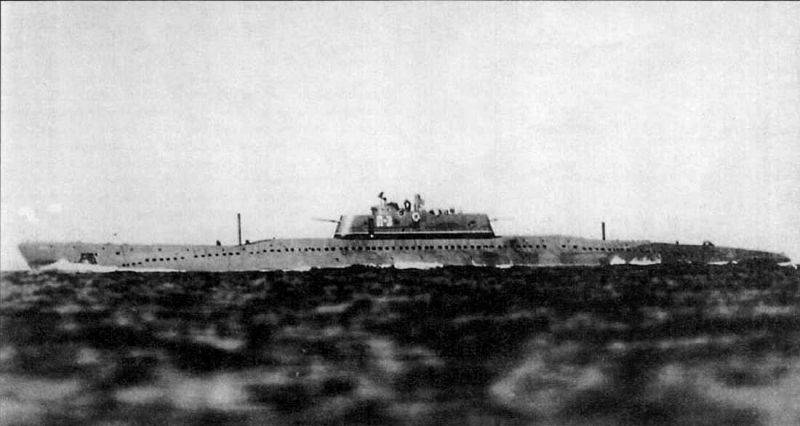
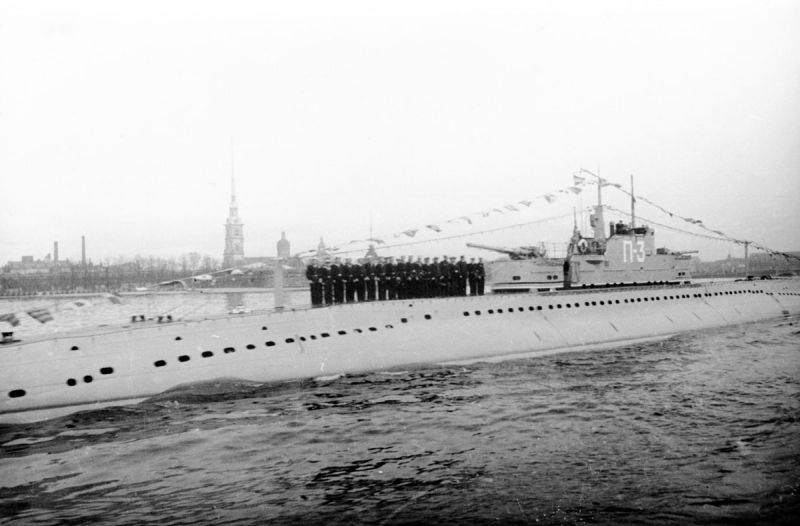
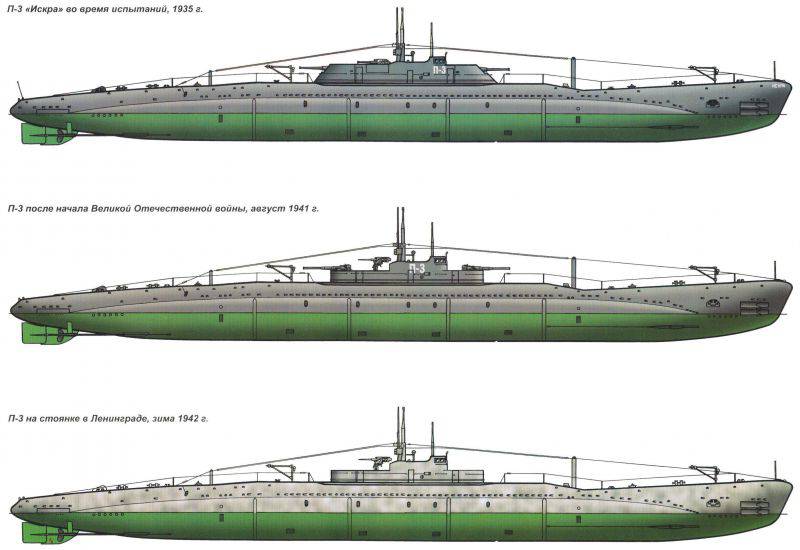
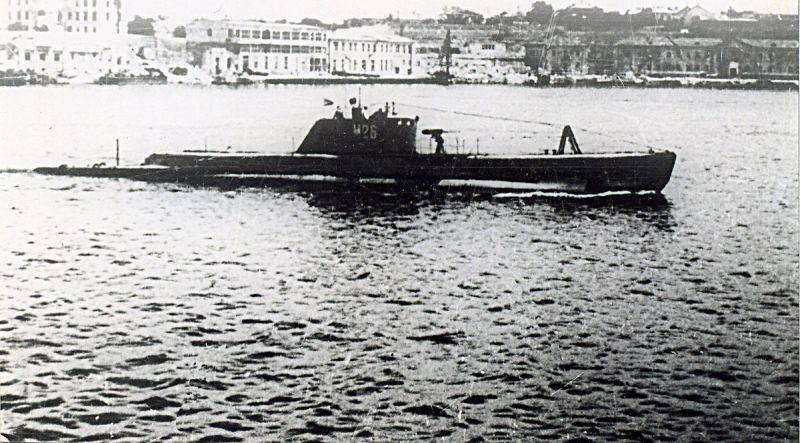
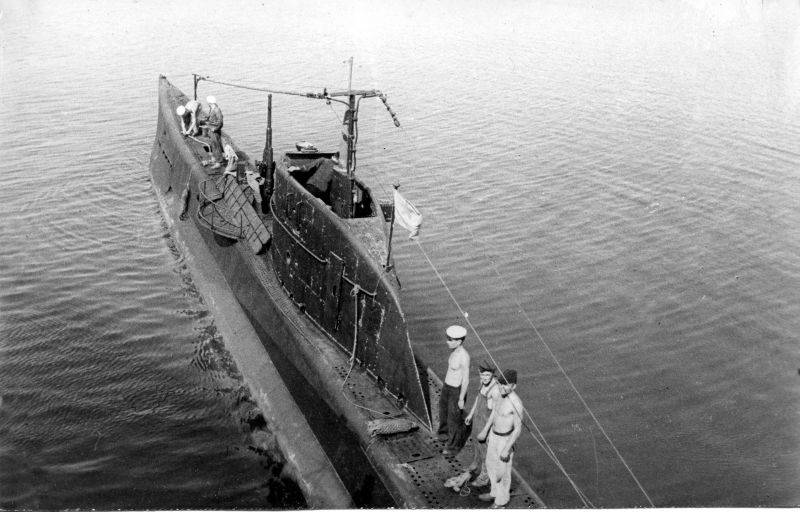
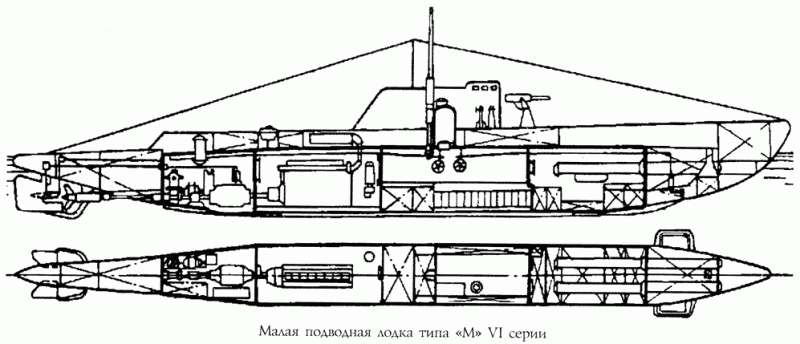
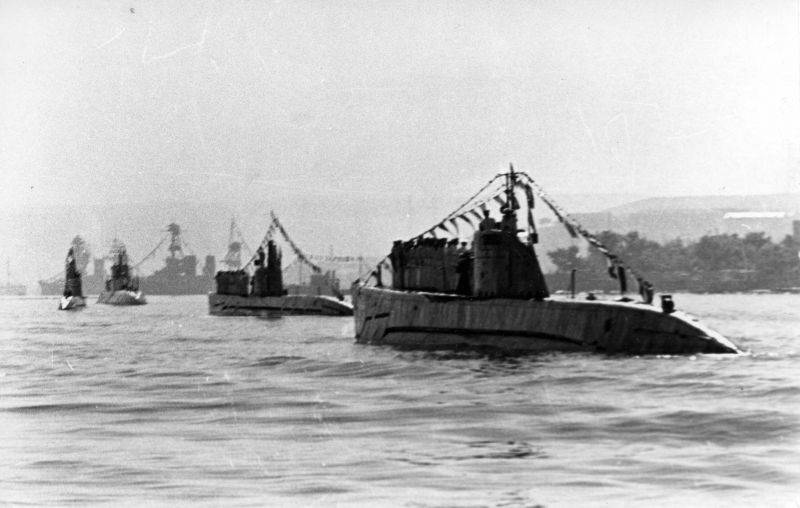
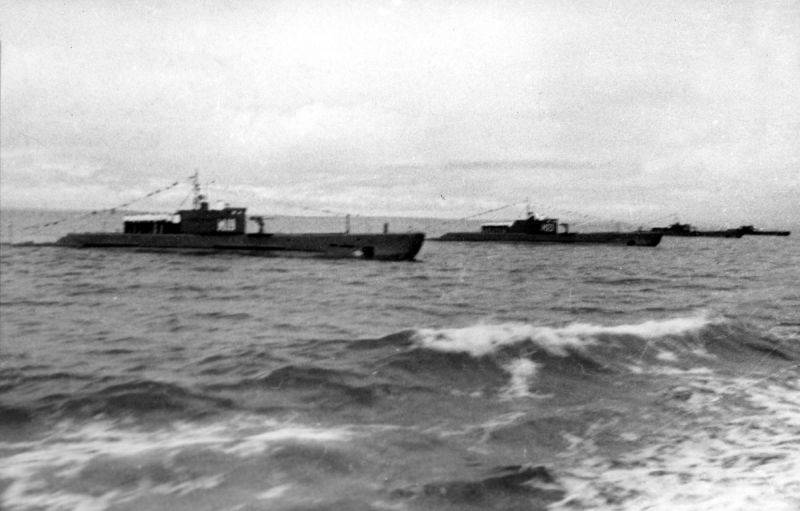
Information